Look at the soil color
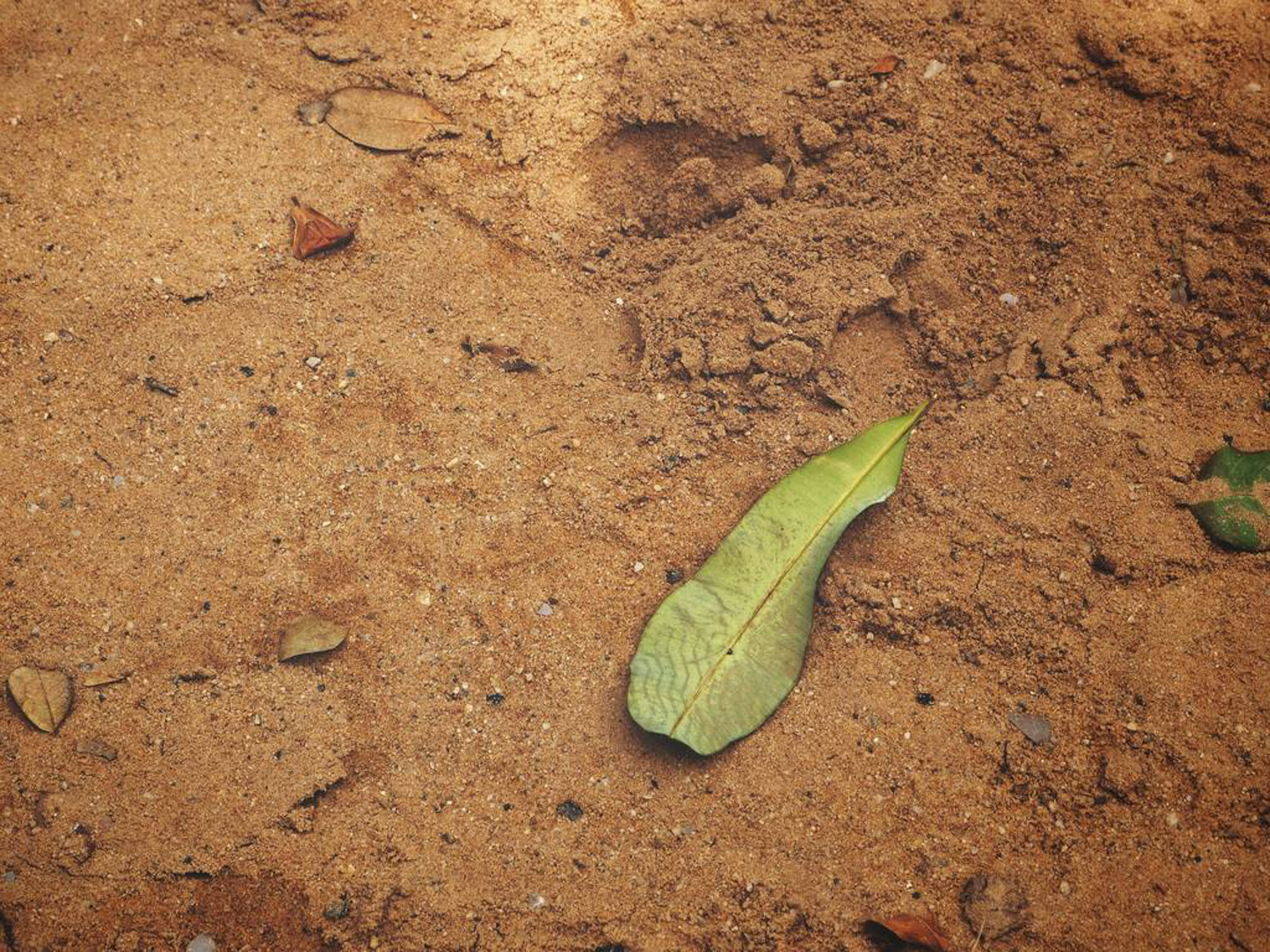
Acid soil is generally dark in color, mostly black brown, while alkaline soil is mostly white, yellow and other light colors. Some areas often have a layer of alkaline silt
Look at the soil source
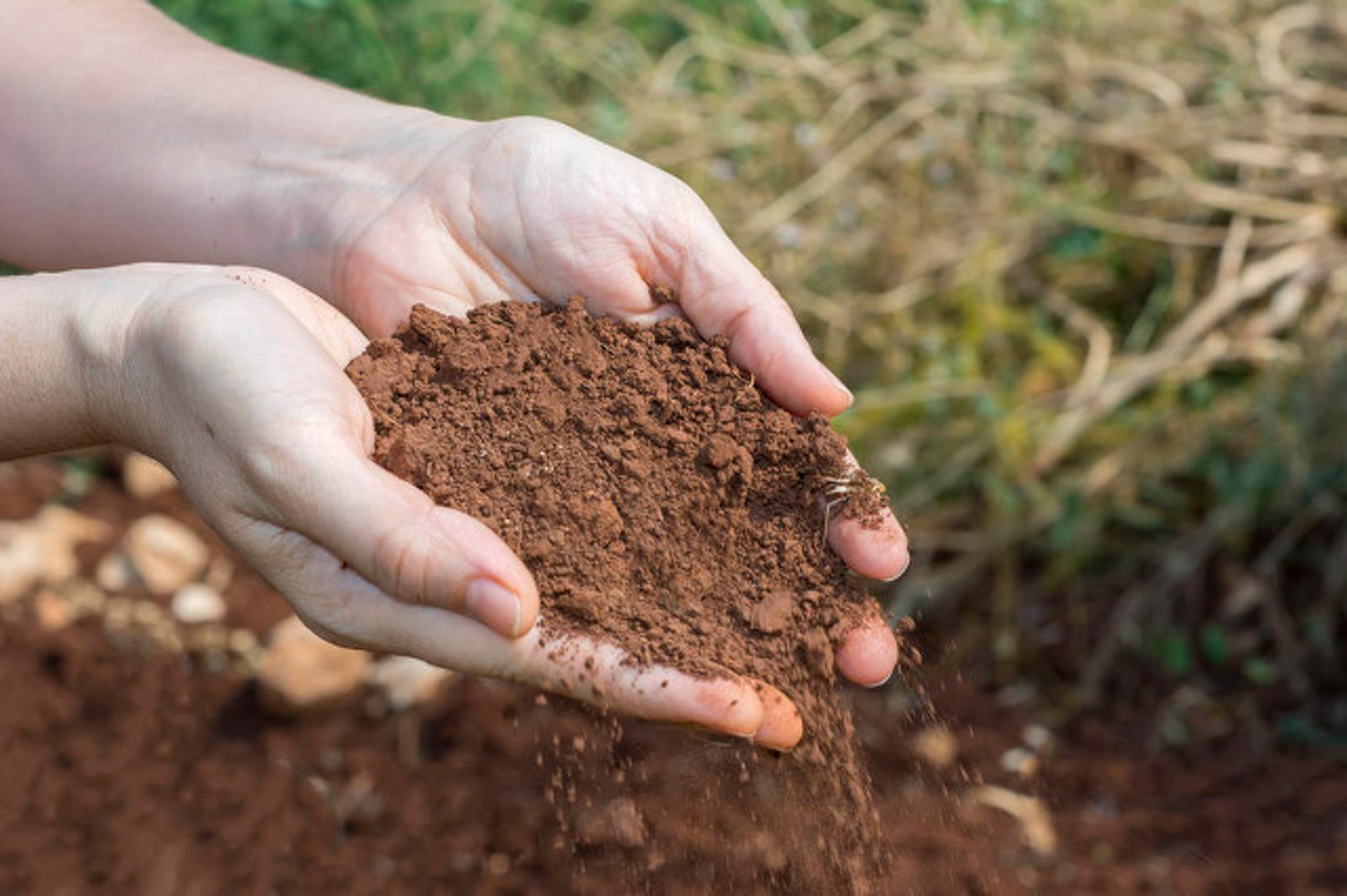
Generally, the humus soil collected from mountains, rivers and gullies is mostly dark brown, loose, fertile and good permeability. It is an ideal acidic humus soil. Such as pine needle humus, peat humus, etc
Look at the texture
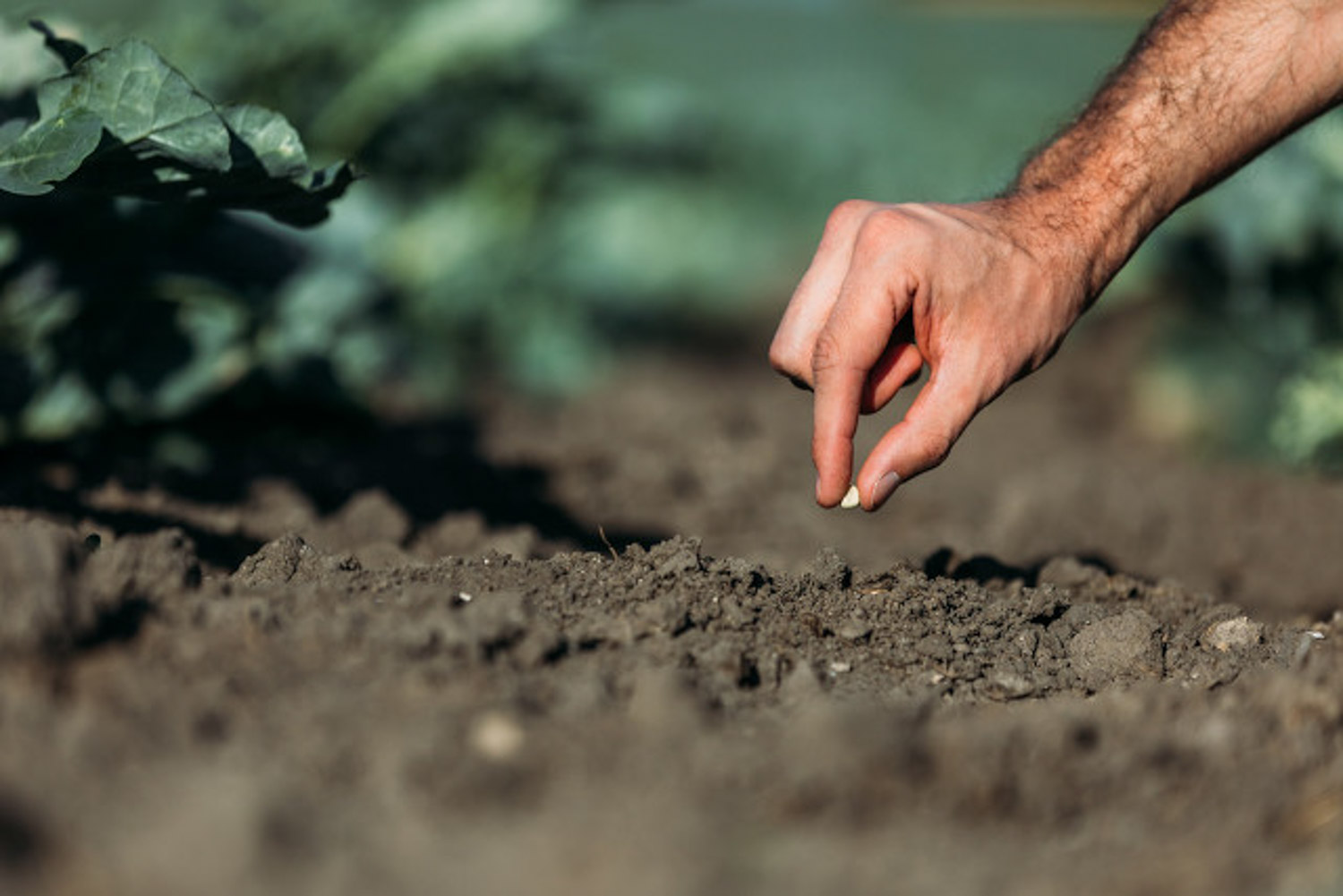
Acid soil has loose texture and strong permeability; Alkaline soil is hard and easy to harden into blocks, with poor ventilation and water permeability
Look at the surface plants
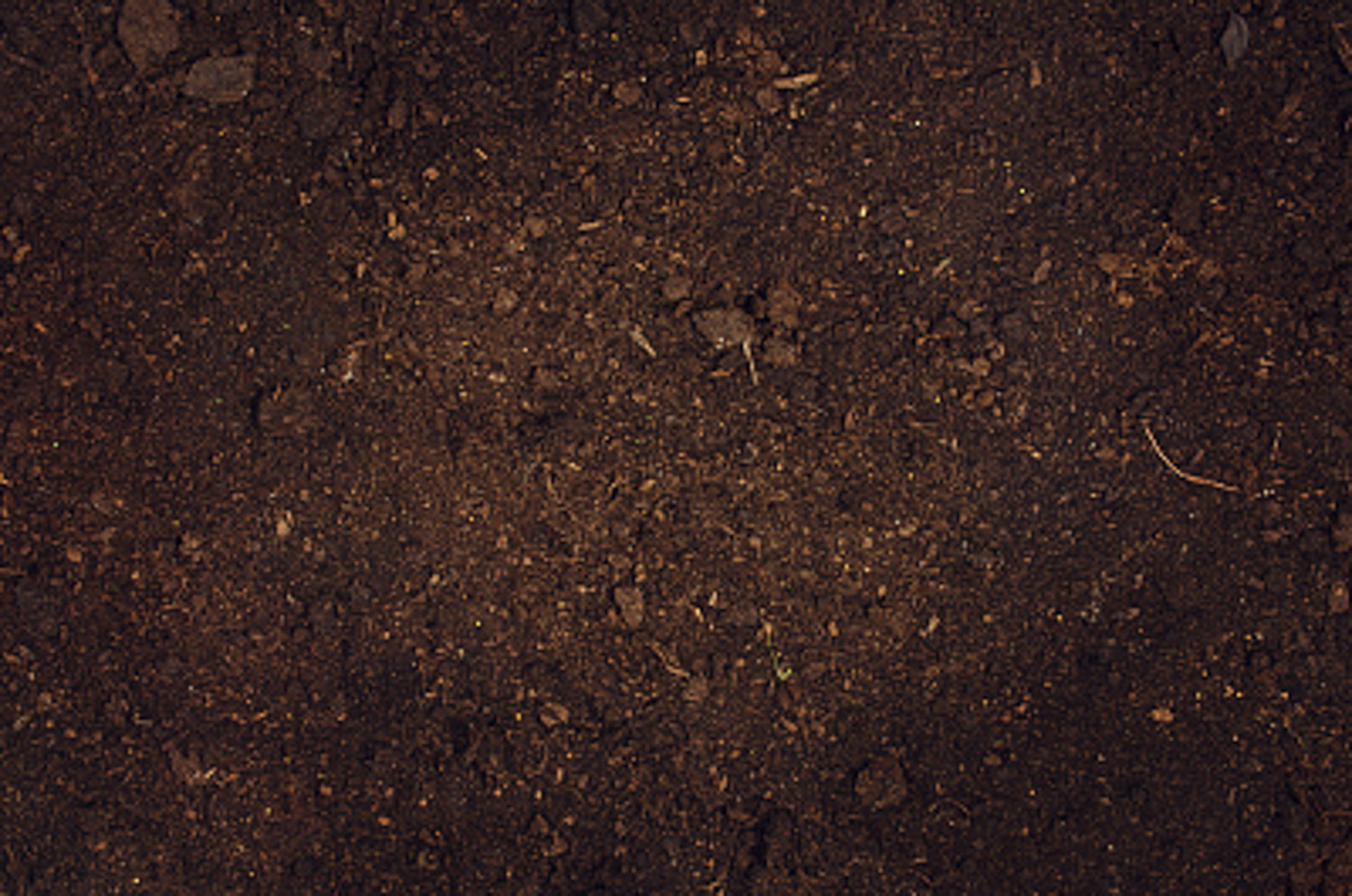
When excavating flower soil in the field, you can observe the plants growing on the surface. Generally, the soil where wild Rhododendron, pine and fir plants grow is mostly acidic soil; The soil in the areas where Tamarix, millet and sorghum grow is mostly alkaline soil.
Look at the situation after watering
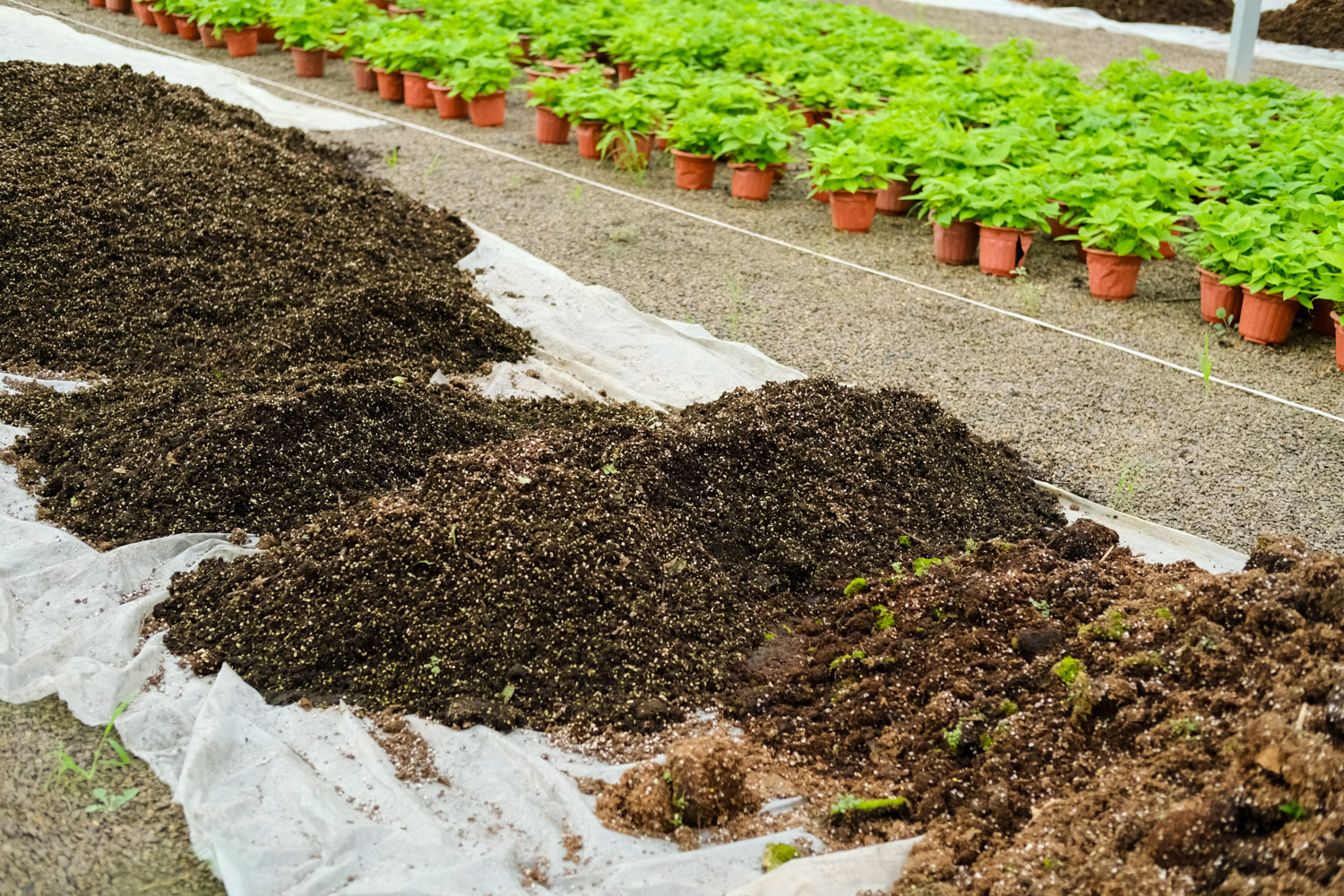
The acidic soil will not soak and the water surface will not be muddy after watering; After watering alkaline soil, the infiltration is slow, and white bubbles and white foam appear on the water surface. Sometimes there is a layer of white alkaline material on the periphery of the flower pot
By hand
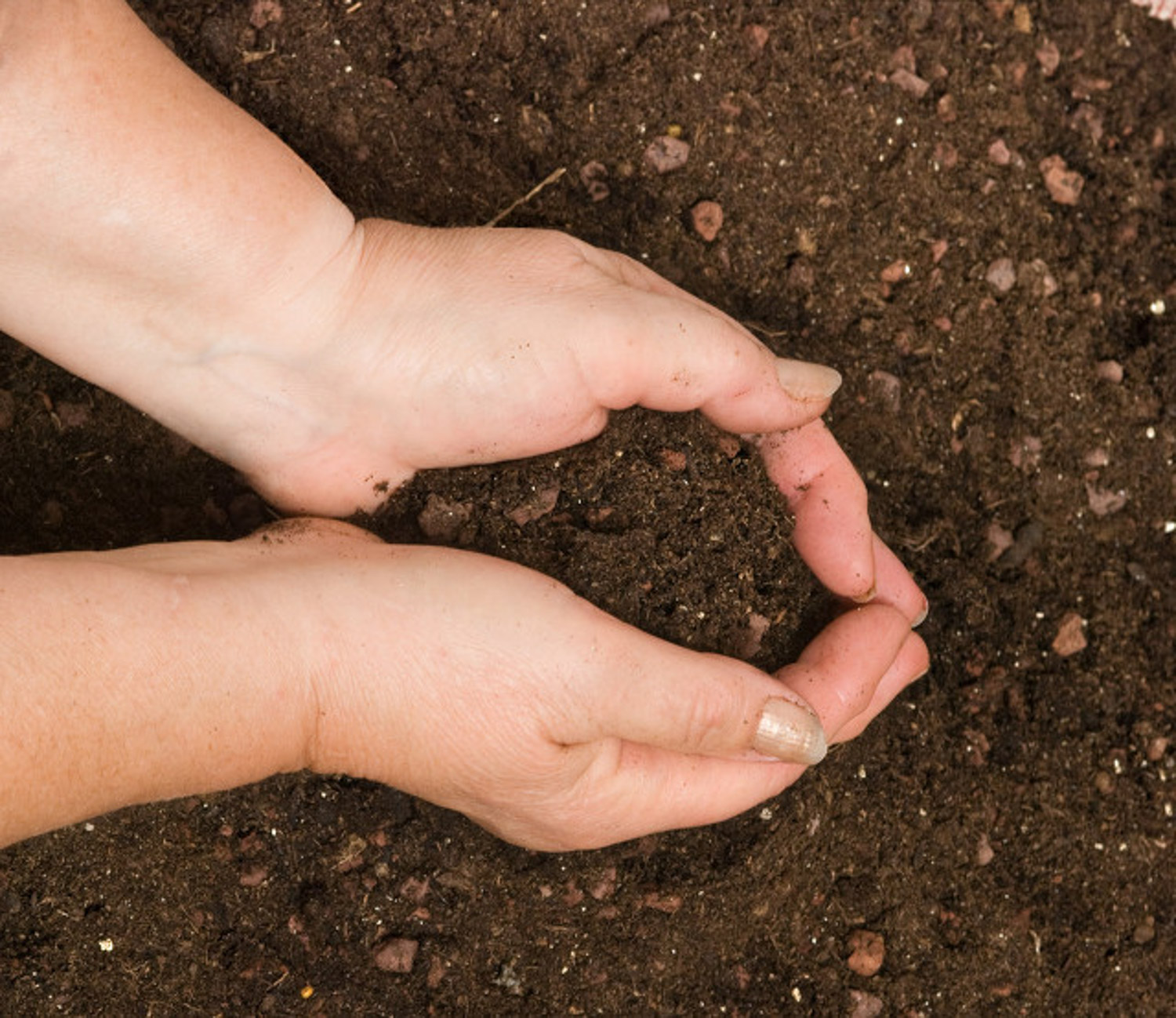
Acidic soil has a "soft" feeling in your hand. After you let go, the soil is easy to disperse and not easy to agglomerate; Alkaline soil has a "hard" feeling in your hand. It is easy to agglomerate without spreading after you let go
Use tools
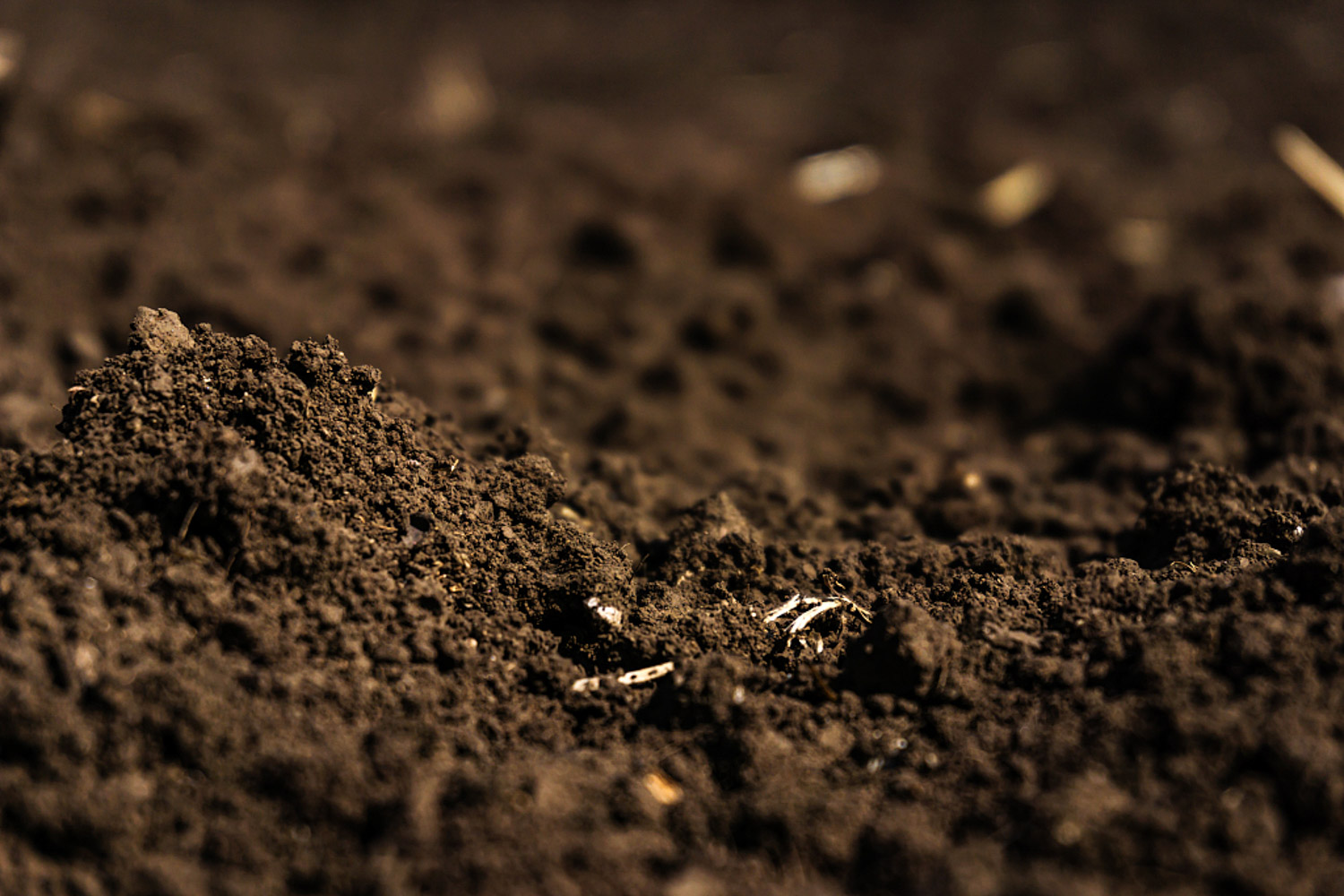
The pH test paper is used to measure the acidity and alkalinity of soil. The method is as follows: take part of the soil sample and soak it in cold boiled water, then take out part of the test paper and observe the change of its color, and then compare the test paper with the color card. If pH value = 7, the soil is neutral; If the pH value is less than 7, it is acidic; If pH value > 7, it is alkaline

 how many times do yo...
how many times do yo... how many planted tre...
how many planted tre... how many pine trees ...
how many pine trees ... how many pecan trees...
how many pecan trees... how many plants comp...
how many plants comp... how many plants can ...
how many plants can ... how many plants and ...
how many plants and ... how many pepper plan...
how many pepper plan...





























